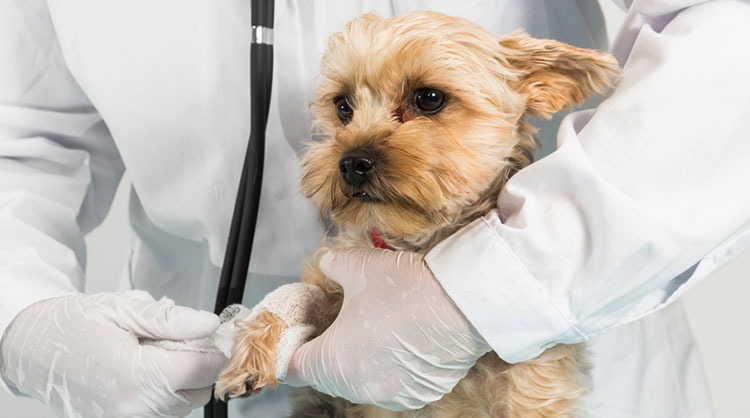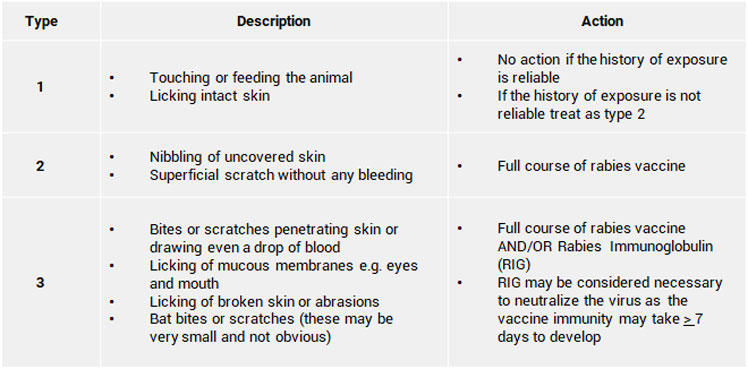Identifying rabies in your dog
DOG HEALTH

Posted by bravectosouthafrica – 07 September 2018
Rabies cases in South Africa are around 600 – 900 annually reported, excluding all the numbers that go unrecorded. To minimise the risks of this viral disease, it’s important to educate yourself on the signs, causes and realities.
Rabies symptoms in your dog:
- Fever
- Seizures
- Paralysis
- A dropped jaw
- Unusual shyness or aggression
- Excessive salivation or frothy saliva and lack of coordination
Rabies affects all warm-blooded animals, including humans, and the most common cause in humans is through dog bites. The virus affects your dog’s brain and influences their general demeanour. If a dog is infected, he will appear aggressive and vicious. If you see any of these rabies symptoms or you suspect, for any reason, that a dog may be suffering, it’s vital that you contact a veterinarian immediately. If the animal is acting aggressive or vicious, contact animal control to assist you, to avoid getting an infected wound yourself.
Who to contact?
- Local State Veterinarian
- National Institute for Communicable Disease (Human exposures): 24-hour Doctor on-call Tel: 082 883 9920
- Allerton Provincial Veterinary Laboratory (Animals) Tel: (033) 347 6200
- OIE Regional Rabies Reference Centre for Southern and Eastern Africa (Onderstepoort Veterinary Institute) (Animals) Tel: (012) 529 9440
- Department of Agriculture, Forestry and Fisheries, Directorate Veterinary Services Tel: (012) 319 7456
Types of Rabies
There are two types: paralytic and furious. In the first stage of both types, your dog will show mild symptoms or abnormalities. After approximately three days, most dogs progress to either paralytic rabies, furious rabies or a combination of both. As soon as these symptoms start, the virus progresses rapidly.
Furious Rabies: Is identified by extreme behavioural changes. Usually, the infected animal will display extreme aggression and revert to attack mode at random times.
Paralytic or “dumb” Rabies: It weakens the dog and is followed by extreme loss of coordination and then paralysis.
When a person has been exposed and
Type of exposure:

If you suspect that you have been exposed to a rabid animal seek medical attention immediately.
Wounds do not have to be large/bleed profusely to be considered as Type 3. A single drop of blood from the wound indicates a Type 3 exposure. For example, bat bites are usually only small, deep puncture wounds without overt bleeding.
Type 2 exposures imply superficial scratches or nicks with no break in the skin or bleeding.
When a dog has been exposed:
If your dog has been vaccinated against the virus, the disease shouldn’t affect him or her, however, if you think your dog has been exposed contact your vet immediately as additional boosters are advised. It’s important to note that getting a rabies vaccination for your dog is required by law. According to the South African Veterinary Association (SAVA), and Government Regulations, the rabies vaccination should be repeated every three years, provided they received their initial set of puppy vaccinations. However, discuss the rabies situation in your area with your veterinarian to determine the best vaccination protocol for your dog. Ask your vet about Nobivac® Rabies.
For more on vaccinations for your dog, have a look at our article on vaccinations schedules for puppies by clicking here.
Sources:
https://www.pethealthcare.co.za/PetFriendly/Articles/rabies
https://www.petmd.com/dog/conditions/neurological/c_multi_rabies http://www.sava.co.za/2015/11/02/vaccinations/
Subscribe to our Newsletter
Get to know your furry friend better! Sign up for all things dog- or cat-related.
The Hairy Facts about the dreaded hairball
12 April 2021
Help! My dog’s barking mad! Volume 2
12 April 2021
Your Itchy, Scratchy Cat – All About Cat Skin Problems
12 April 2021
The Dog’s Diet: A Bone of contention?
01 April 2021
Mango Fly Worms: How to Spot and Eliminate them
Posted on November 28,2019
Managing Mange And Mites In Your Dog
Posted on June 11,2018
Why Do Cats Purr and How? Learn What Your Cat Is Saying
Posted on October 14,2020
How to Get Rid of Ear Mites in Dogs
Posted on November 06,2019









